Grace Darling
BRITISH HISTORY
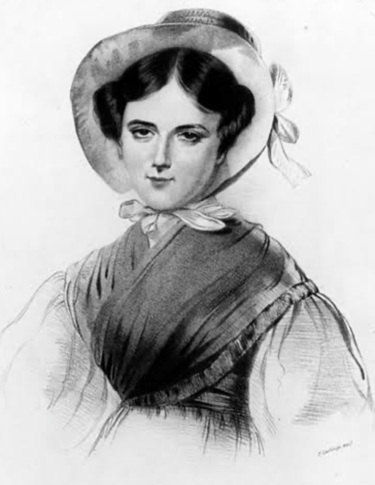

Island Beginnings, A Childhood Shaped by Sea and Stone
Grace Darling entered the world on 24 November 1815 at her grandfather's house in Northumberland, the seventh of nine children born to William and Thomasin Darling. Within weeks of her birth, baby Grace was carried across the churning waters to Brownsman Island, one of the Farne Islands, where her father tended the lighthouse for Trinity House.
Life on Brownsman was unlike anything most Victorian children would know. The Darling family—four brothers, four sisters, and their devoted parents—made their home in a small cottage attached to the lighthouse, built in 1795. William Darling earned £70 per year (equivalent to approximately £6,500 today) with a modest £10 bonus for satisfactory service. The accommodation was basic, the isolation profound, and the sea an ever-present companion.
Young Grace grew up to the rhythm of the tides and the turning of the lighthouse lamp. While other children played in village streets and attended local schools, she learned to read the moods of the ocean, to understand the language of wind and wave, and to appreciate the sacred duty of keeping the light burning—a beacon of hope for sailors navigating treacherous waters.
In 1826, when Grace was just eleven years old, the family relocated to the newly constructed lighthouse on Longstone Island. Though the accommodation was improved, the island itself proved slightly less hospitable than Brownsman. William would regularly row back to their former home to tend the vegetable garden and feed the animals they'd left behind—a journey that taught Grace the art of handling a coble in challenging conditions.
The Longstone Lighthouse became Grace's world. The family spent most of their time on the ground floor—a large, multipurpose room heated by a wooden stove that served as living room, dining room, and kitchen combined. A spiral staircase wound upward to three bedrooms and, at the tower's summit, the vital light itself. Grace's bedroom window in the white ring of the lighthouse looked out across the unforgiving sea—a view that would one day make all the difference.
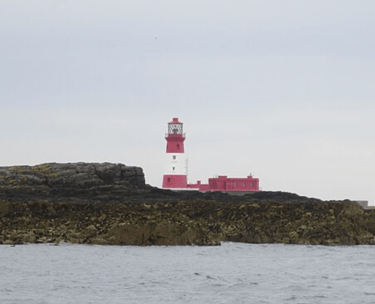

The Storm That Changed Everything, 7th September 1838
The paddlesteamer Forfarshire departed Hull bound for Dundee, carrying 62 souls—passengers and crew embarking on what should have been a routine coastal voyage. But the North Sea had other plans. In the early hours of 7 September 1838, disaster struck. The Forfarshire foundered on the rocks of Big Harcar, a low, rocky outcrop near the Farne Islands, and broke catastrophically in two. One half sank almost immediately into the dark, churning waters.
As dawn broke over Longstone, Grace Darling stood at her upstairs window—her customary morning watch—and spotted something that made her blood run cold: the wreckage of the Forfarshire and, clinging desperately to Big Harcar rock, survivors.
Grace and her father quickly assessed the situation. The weather remained treacherous—far too rough for the lifeboat stationed at Seahouses (then known as North Sunderland) to launch safely. Yet people were dying. Every moment counted. Father and daughter made a decision that would echo through history. They would go themselves.
Lighthouse at Longstone: The upper window in the white ring was Grace Darling's bedroom, from which she saw the wreckage of the Forfarshire.
Together, William and Grace launched their 21-foot, four-man Northumberland coble into the violent sea. Grace, displaying remarkable seamanship, kept the small rowing boat steady in the heaving waters while her father helped survivors aboard: four men and one woman, Sarah Dawson, who had watched helplessly as her two young children—James, aged seven, and Matilda, just five—were swept away during the night.
The route they took was strategic, keeping to the lee side of the islands for protection, covering nearly a mile of treacherous water. Once the first group was safely delivered to the lighthouse, William and three of the rescued crew members immediately rowed back to Big Harcar, recovering four more survivors.
Meanwhile, the Seahouses lifeboat had finally managed to launch, but arrived only after the Darlings had completed their rescue. The lifeboat crew found only the heartbreaking remains: the bodies of Mrs. Dawson's children and a clergyman. Unable to return to North Sunderland in the deteriorating conditions, they sought shelter at Longstone Lighthouse—where Grace's brother, William Brooks Darling, was among the seven fishermen in the crew.
The weather worsened dramatically, and everyone remained stranded at the lighthouse for three days before conditions permitted a return to shore.
Of the 62 people aboard the Forfarshire, only seventeen survived that terrible night. Nine passengers and crew from the stern section had managed to launch a lifeboat before that portion sank, and were rescued by a passing Montrose Sloop, arriving at South Shields the same night. The remaining eight—four men and Sarah Dawson from the bow section, plus the four recovered on the second trip—owed their lives to Grace Darling and her father.
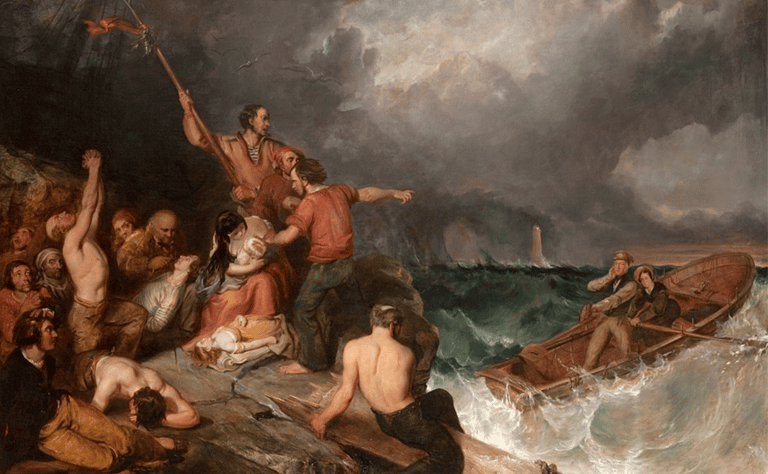

From Lighthouse to Legend, The Making of a National Heroine
News of Grace's role in the rescue spread like wildfire across Britain. In an age hungry for stories of virtue and heroism, this young woman—just 22 years old, living a life of simple duty on a remote island—embodied everything Victorian society admired. Her combination of feminine grace and extraordinary courage, her selflessness and humility, captured the public imagination in a way few could have predicted.
The accolades came swiftly. Grace and her father were awarded the Silver Medal for Bravery by the Royal National Institution for the Preservation of Life from Shipwreck (later renamed the Royal National Lifeboat Institution, or RNLI). Subscriptions and donations poured in, totaling over £700—equivalent to approximately £79,600 today. Queen Victoria herself sent £50 and a personal letter of commendation.
More than a dozen portrait painters sailed to Longstone Island, determined to capture Grace's likeness for a nation eager to see their heroine's face. Hundreds of letters arrived, along with gifts and even marriage proposals from men who'd never met her. The Duke of Northumberland, recognizing the overwhelming nature of this sudden fame and fortune, appointed himself Grace's guardian and established a trust to manage the donations. His personal gifts to the Darling family included a timepiece and an elegant silver teapot.
Yet Grace herself remained remarkably unchanged by the attention. Those who knew her described a young woman uncomfortable with praise, who saw her actions not as heroic but simply as necessary—what any person with a conscience would do when lives hung in the balance. She continued her lighthouse duties, maintained her quiet routines, and seemed to find the celebrity thrust upon her more burden than blessing.
A Life Cut Tragically Short
Fame could not protect Grace from fate. In 1842, while visiting the mainland, she fell gravely ill with tuberculosis—then known as consumption, a disease that showed no mercy to age or virtue.
Letters preserved at Northumberland Archives reveal Grace's final months. In late August and early September, she stayed with the Shields family in Wooler, hoping the change of air might restore her health. By early October, she had moved to Alnwick with her mother, eventually convalescing with her cousins, the MacFarlanes, at their home in Narrowgate.
When the Duchess of Northumberland learned of Grace's condition, she personally intervened, arranging for her to be moved to superior accommodation near Alnwick Castle. The Duchess tended to Grace herself and provided the services of the ducal family physician. Despite this devoted care, Grace's condition continued to decline.
In her final days, Grace was conveyed to Bamburgh—the place of her birth—where she died on 20 October 1842. She was just 26 years old, her life of extraordinary promise cut devastatingly short.
Grace Darling was laid to rest in the churchyard of St Aidan's Church, Bamburgh. The Monument to Grace Darling, completed in 1842, features a sleeping effigy of her holding an oar, positioned at the western edge of the churchyard so it would be visible to passing seafarers—a fitting tribute to a woman whose life was defined by the sea. The original effigy, sculpted by Charles Raymond Smith (son of James Smith), was moved inside the church in 1895 to protect it from weathering. A replica now marks the family grave, while the weathered original is displayed at the RNLI Grace Darling Museum in Bamburgh. Within St Aidan's Church, a beautiful stained-glass window also commemorates Grace's memory, ensuring that her story continues to inspire all who enter.
Grace Darling at the Forfarshire by Thomas Musgrave Joy.
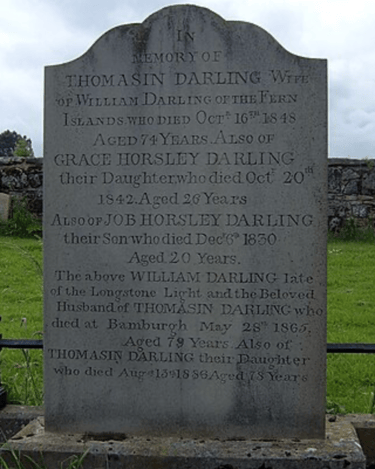

The replica headstone above the grave of Grace Darling and her family, St Aidan's churchyard, Bamburgh. The weathered original is on display at the RNLI Grace Darling Museum in Bamburgh.
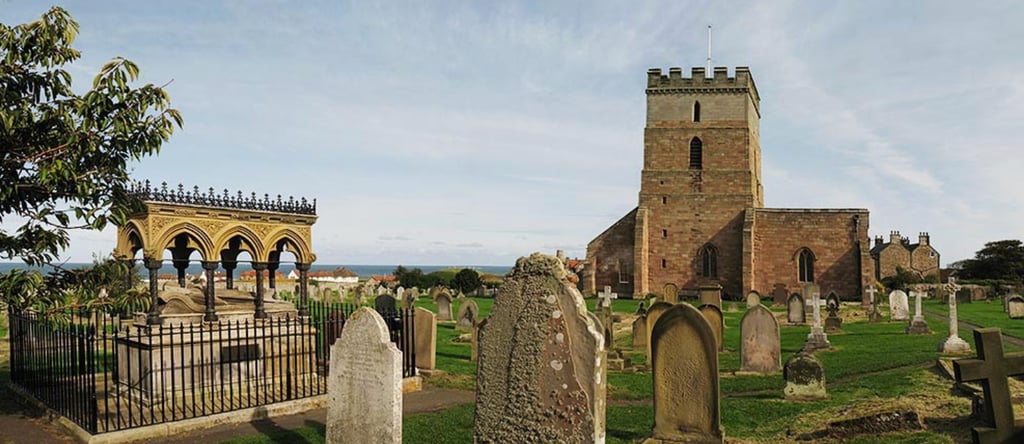

St Aidan’s Church, Bamburgh & Grace Darlings monument.
A Legacy That Endures
Grace Darling's achievement was celebrated not only in her lifetime but has continued to resonate through the generations. Her story has been told and retold in countless forms, each adding to the legend while preserving the essential truth: that ordinary people, when called upon, are capable of extraordinary courage.
The poet William Wordsworth immortalized her in verse with his 1843 poem "Grace Darling." In 1839, Jerrold Vernon published Grace Darling, or the Maid of the Isles, giving birth to the enduring image of "the girl with windswept hair." In 1882, the four-act drama Humanity, or a Passage in the Life of Grace Darling premiered at the Theatre Royal, Leicester, before transferring to London's vast Standard Theatre, complete with a realistic representation of the sea rescue.
Artists have been equally captivated. William Bell Scott included her rescue in his series of Victorian paintings at Wallington Hall in Northumberland. The McManus Galleries in Dundee houses three paintings by Thomas Musgrave Joy celebrating Grace's heroism with the Forfarshire.
Even nature has been named in her honor. In 1884, rose breeder Henry Bennett named the tea rose 'Grace Darling' after her—a flower as beautiful and resilient as the woman it commemorates.
The maritime community has never forgotten her contribution. A lifeboat bearing her name was presented to Holy Island. From 1990 to 2020, an RNLI Mersey class lifeboat stationed at Seahouses proudly carried the name Grace Darling, continuing her mission of saving lives at sea.
In Bamburgh, the RNLI Grace Darling Museum is dedicated to her achievements and the seafaring heritage of the region, preserving artifacts, letters, and the story of that fateful September morning for future generations.
Musicians, too, have been inspired by her story. Singer-songwriter Dave Cousins of Strawbs wrote "Grace Darling" (featured on the album Ghosts) as both tribute and love song. The children's group The Limeliters performed a different "Grace Darling" in their 1962 live album Through Children's Eyes. In 2017, Duke Special set Michael Longley's poem "Grace Darling" to music, recording it on the album Hallow.
Her influence even reached across the world. The Grace Darling Hotel in Melbourne, Victoria, one of Australia's oldest extant hotels, opened in 1854, carrying her name to the far side of the globe.
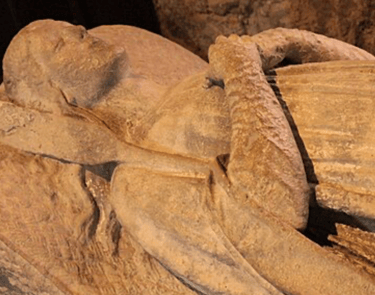

Original effigy of Grace Darling by Charles Raymond Smith in St Aidan’s Church, Bamburgh.
The Girl with Windswept Hair, Understanding Grace's Enduring Appeal
What is it about Darling that continues to captivate us nearly 2 centuries after her death? Perhaps it's her heroism, no grand gesture or calculated bravery, but simply a woman who saw people in desperate need and refused to look away or because her story reminds us that courage isn't the absence of fear, but the determination to act despite it. Grace never sought fame or recognition. She didn't rescue those survivors for glory or reward. She did it because it was right & lives were at stake, because the light her family kept burning was not just for navigation but a symbol of hope.
In an age of manufactured celebrity and fleeting viral fame, Grace Darling's story stands as a powerful reminder of authentic heroism. She lived a life of duty, died far too young & left behind a legacy that continues to inspire courage, compassion & the simple but profound belief that one person can make a difference.
QR Information Services is proud to preserve and share stories like Grace Darling's, tales of courage, heritage & the extraordinary individuals who shaped our coastal communities. Through innovative technology, we bring history to life at the places where these remarkable events unfolded, connecting past & present for future generations.

